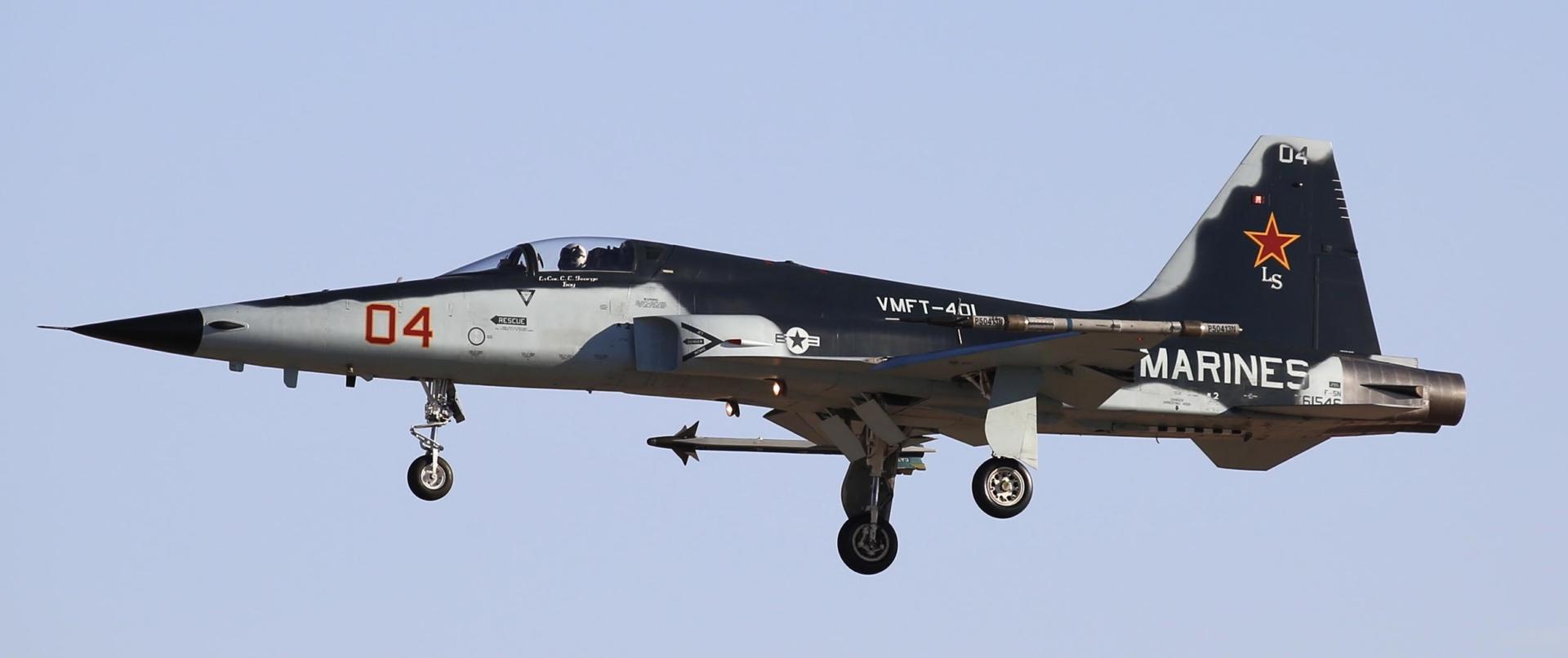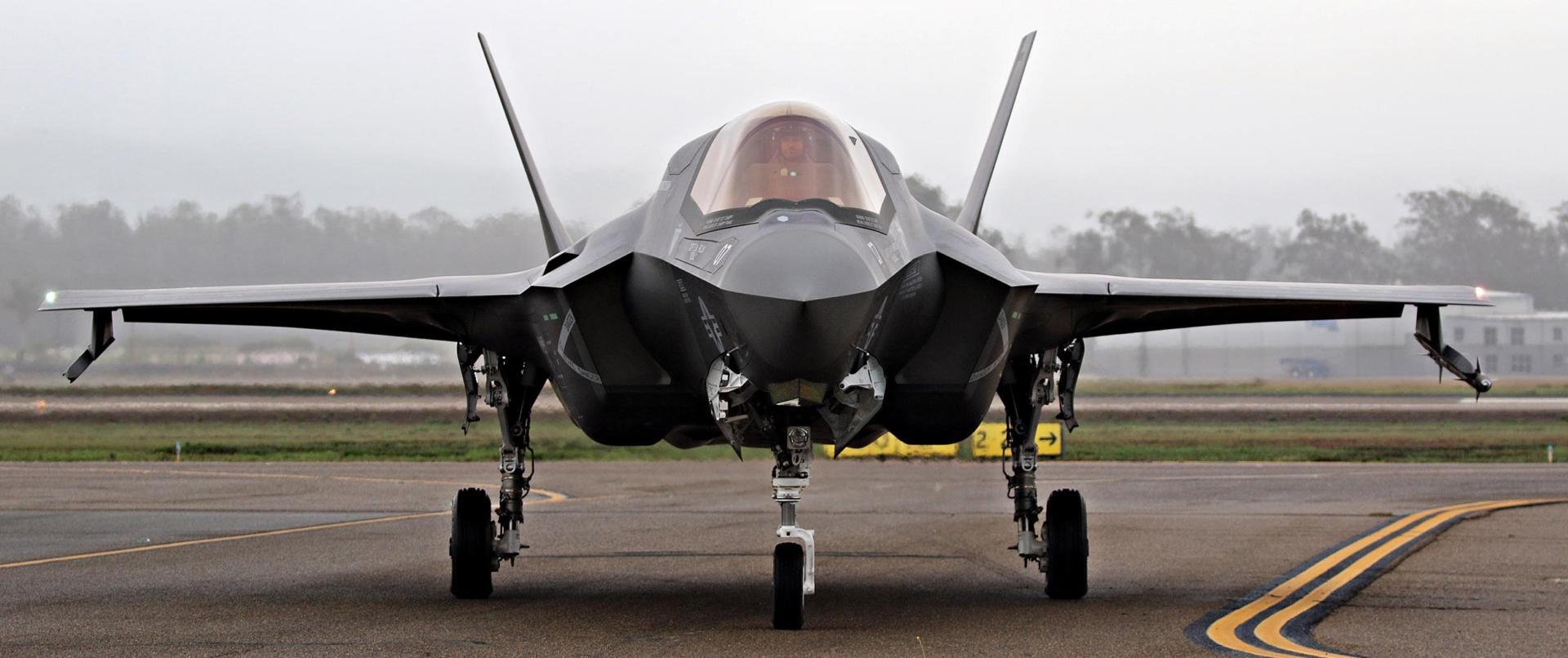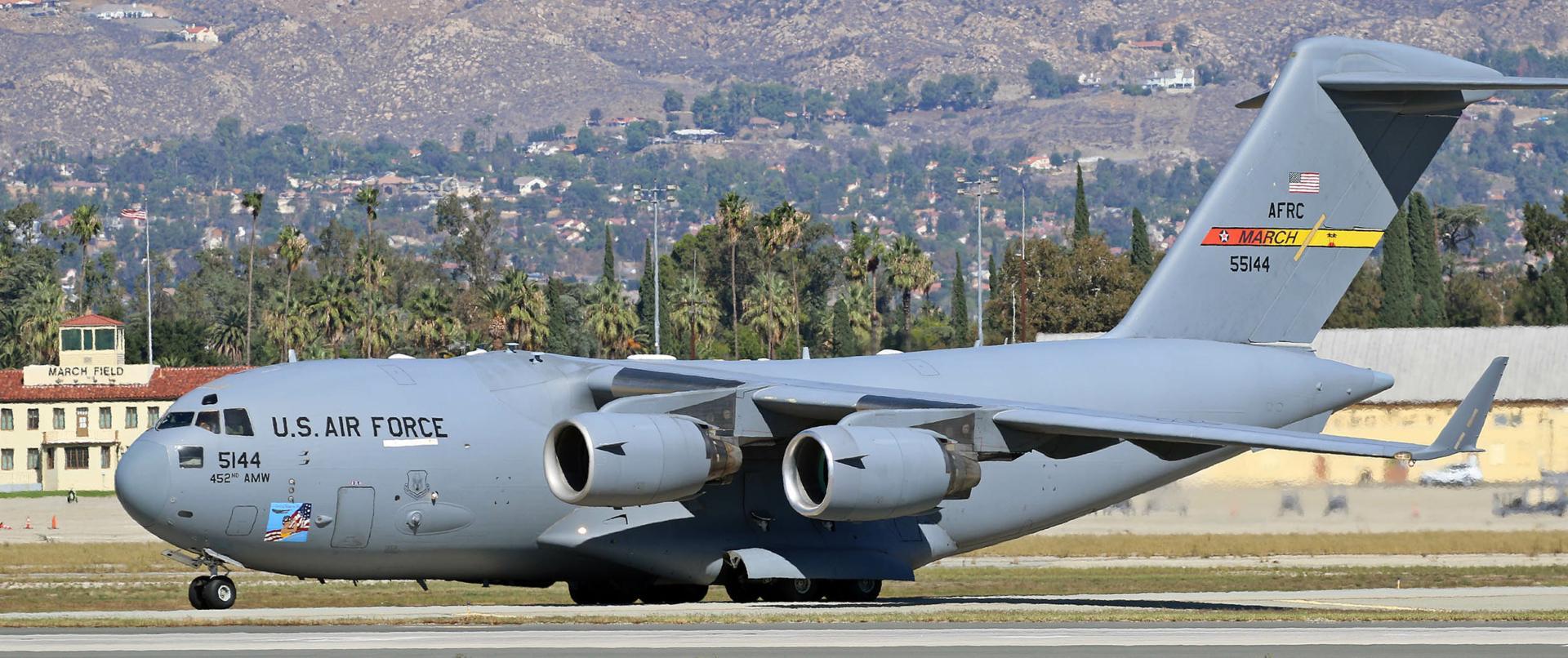USA III 2022
Our third visit to the United States in 2022 took us to the West Coast. Main goal of the tour was the show at Edwards AFB, the first one in thirteen years.
Additional Photos: Paul Betten, Bert van Leeuwen
On Friday 14 October 2022, fourteen travellers gathered early in the morning at Schiphol for one of the first flights of the day to London. Once there, the final two travellers joined the group. After a long flight we arrived in Los Angeles (LAX) in grey conditions. When picking up the rental car, we were surprised by a C-17 coming in right over us. On the way to the hotel in Santa Maria, another stop was made at the Missile Park of NAS Point Mugu. Unfortunately, the sun had already set, making it difficult to take pictures. The C-130s of the ANG were therefore also difficult to capture.
After a relatively short night, we started the first show of the trip early and fruitfully on Saturday 15 October. After a nice chat, we were admitted earlier at the airport of Santa Maria. We were quickly allowed to use the VIP room. Good thing too, because exactly in front of this tent were six F-35s. Two As, three Bs and a C. The two Bs decided to take a quick flight in the morning before the show. The airshow featured a few interesting participants; West Coast C-17 Demo (performed in a March C-17), USAF F-35 demo (HL) and a West Coast F/A-18F demo. Warbirds were also plentiful thanks to the support of Planes of Fame. Including two flying Lightnings, Mustangs, Dauntless, Avenger and a Hellcat delivered with ‘bananapasses’ for beautiful photos. On the static we were surprised with a Luke F-16 in ‘Desert Storm’ colors, a duo T-6 and T-34 in beautiful colors and a C-2A Greyhound. After the show we still had a long drive ahead of us. Along the way, the sixteen of us had dinner in a western atmosphere and visited a few wrecks and relics in Palmdale.
Early in the morning of Sunday 16 October 2022, we stood in front of the gate of Edwards AFB. This was the second day of their airshow. Because we had time to spare, we captured the gateguards with the rising sun. Impressive was the parking lot of the car and the drive across the field to it. From Dry Lake we were driven into the static in school buses. There was all sorts of things here, but to our regrets, the highlights stood between tents or other frills. A B-52, F-16, XF-62, T-38 and a C-12 were inside a hangar, but it wasn’t opened until later in the day. The airshow started with a sonic boom from an F-22, a remarkable experience for most. Then, far from the public, an ‘Airfield Attack’ started with two F-16s and an F-22, F-35, B-1, KC-135 and a C-17. Where on most shows the flying stuff still happily taxis past the audience, the ED devices stayed far away from the audience.
The Thunderbirds’ performance was surprisingly good and the highlight was the SOFIA flypast. NASA/DLR’s 747SP was on her last flight and showed her from the best side. The flypasts of the NASA F-15/F-18/Gulfstream III were also nice to see. However, one of our group woke up sick that day and this didn’t improve on Edwards. After consultation with the medics from the base, it was decided to go to the hospital. Two cars went to the hotel in Ridgecrest after the show, one car drove through the hospital to Ridgecrest.
Monday 17 October started on time again. Low flying activity over the Kern River was on the agenda. From the main road we saw two MH-47Gs at Inyokern airport. These were of course recorded immediately. After stocking up on water and food (and some walking sticks), the climb to the top started at 9am. By ten o’clock eleven of the group were up, some more tired than others. Unfortunately, four were unable to do the climb and unfortunately our sixteenth traveller was still in hospital.
At the top the view was phenomenal, but the quantity of the passages was disappointing. We were somewhat surprised by two China Lake Harriers, after which a Lemoore Hornet was not long in coming. The last pass was two hours later and surprised us at the back. It is always exciting what flies by on such a day. Unfortunately, these three passages ended in a span of more than five hours. It was time to start the descent with enough light.
The group was split in two on the way down. Some went to the hospital near Bakersfield, the other two went to the hotel in Victorville. Although the news was that we could pick up our patient, the nurse put a stop to this. As a result, part of the group slept near the hospital.
Tuesday (18 October) started in Victorville where a large part of the group found a surprise at the fence in the shape of a Brazilian aircraft. After capturing this, course was set for March AFB, where much to the delight of the group was flown alongside a platform full of KC-135s and C-17s. Several visiting tankers were visible on the platform, as well as a handful of US Army helos. After the take-off of two F16s, a few Army choppers and a drone, it was time for part of the group to visit the nearby museum.
In the meantime, good news came from the hospital and we were able to rejoin the group completely. The amalgamation took place in Palm Springs. There was ample time to visit the museum. Nice was the side effect of two Marines C-130s flying. The day ended with a trip to El Centro. Arriving at the hotel several Marines flew over. For a small part of the group the moment to start dinner a little later.
Today, Wednesday 19 October, there was a morning shuttle between NAF El Centro and Imperial. The night before we had already explored the place a bit. Unfortunately, during dinner the report came that all T-45 Goshawks were grounded for the time being. At El Centro we finally saw 16 of these standing still on the asphalt. Fortunately, there was flying. Soon a T-34 went up and into the range, followed by a trio of Hornets. Meanwhile, an Osprey came over the mountains and set course for Imperial. After the landing of the Hornets, course was set for Imperial where it was still turning quietly.
Through ADSB we saw that a second wave was going out at El Centro, so after the Osprey left, we returned the same way. We were almost surprised by four F-35s flown in from Yuma, who put their planes on the ground for a short visit. The Hornets of the second wave were still in the air, but a second Osprey also appeared at Imperial. Enough reason for six people to go back and forth. All’s well that ends well. The Osprey was captured and the Hornets then at El Centro as well.
Pack up and go to MCAS Yuma where a WTI was going on. The base was full and soon aircraft took off. Counterclockwise we ended up using different spots around the air base all afternoon. We ended the day with a huge success with everything recorded. F-35s, F-18s, F-5s, C-130s, Ospreys, Venoms and Vipers, Mi-24 and even two UH-72s. After a quick bite halfway through the route to Tucson, we checked in late at night.
It was a short night for six men. They flew over AMARG in the early hours of Thursday 20 October 2022. A great experience. The ten others were right on time for the departure of 21 F-16s from Tucson International. Late morning continued at Davis-Monthan where nearly a dozen A-10s were returning from a long mission.
In the afternoon someone was dropped off at Pima museum, some stayed behind on DM, another group chose to tour the boneyard and the rest picked up the landing of the second mission at Tucson Int. When done, it was time to also photograph the second mission of the A-10s. At the close of Pima we picked up the 16th participant and finally hooked up everyone for the trip to Phoenix. While the sun was almost setting, we had a look at Pinal Airpark. There are also plenty of aircraft to enjoy their old days.
On Friday (21 October), course was set for Luke in the morning. It was an hour’s drive and it was decided to start on the north side. We were somewhat surprised by the new traffic situations because of the new infrastructure around the base. The well-known spots were made more difficult and it took a while to find a spot. We had plenty of time for that. Until ten o’clock almost nothing happened and the fear of a non-flying day almost set in.
When the scanner was finally turned on and the sound of starting aircraft was heard us, we finally got to photograph some aircraft! An estimated 50 to 60 different aircraft were logged, including Danish, Dutch, Norwegian and Italian F-35s, a visiting WA F-35, the Desert Storm F-16 already encountered in Santa Maria and to top it off; four former French Mirages F1s.
It was discovered through ADSB that Sheppard AFB and Laughlin AFB were sending aircraft to Mesa Williams Gateway, so at 5:45 p.m., a course was set for the southeast side of the city of Phoenix. More than 50 miles later we were at our destination and saw a line of T-6 Texans, but not the expected T-38s. They were eventually spotted close to the tower. When arriving there, the last six T-38s came in and inquiries revealed three waves would be flown the following day. This evening the group split up for a bite to eat and they toasted to a successful week.
On Saturday, 22 October, it was time to return to Europe, but not before checking Sky Harbor for tankers at home. From the parking garage you have a good overview of the airport. In addition to two visiting tankers, a C-130 from Miramar was also present. After all of these were captured, we went to see if there was any activity among the T-38s spotted the day before at Williams-Gateway. Some turned out to be in the air and we were just in time to record the return. A little bit of luck from a construction worker who let us do our thing for ten minutes, made for beautiful pictures.
Nearby Falcon Field had a flying day. The CAF Museum (Commerative Air Forces Museum) offered sightseeing flights in part of the collection. Good timing made for some nice passages and a short visit to the museum was made. After another round trip to Williams, a lunch in the restaurant at the airport there, we returned to where we started the day and finally flew back to Europe with a slight delay, where a day later everyone returned home tired and satisfied.




